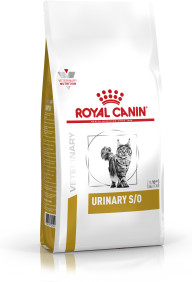
LUTD – Lower Urinary Tract Disease
Lower Urinary Tract Disease (LUTD) is a generic name given to a group of challenging diseases of the lower urinary tract.

What are the signs?
Signs and causes are variable. Despite the common belief of LUTD being a cat issue, dogs are equally susceptible to this condition

- Blood in the urine
- Straining whilst urinating
- Pain
- Increased frequency of urination
- Urinating in inappropriate places
- Sometimes no visible signs
What are the main causes/risk factors?
Cat

- Stress
- Neutering (for males)
- Overweight
- Sedentary lifestyle
- Dietary
Dog

- Bacterial infections
- Dietary
- Gender (for females)
- Overweight
- Lifestyle
Whatever the condition, nutrition plays a key role
Considering multiple causes of LUTD once the diagnosis is confirmed, your veterinarian will establish the treatment protocol including medical and nutritional recommendations tailored to your pet’s specific needs (based on many parameters such as breed, age, weight, lifestyle, etc.).

*National Research Council, Nutrient requirements of dogs and cats, 2006.
3Landsberg G, Milgram B, Mougeot I - Therapeutic effects of an alphacasozepine and L-tryptophan supplemented diet on fear and anxiety in the cat. Journal of Feline Medicine and Surgery 2017, Vol. 19(6) 594-602. Food moisture content: Wet food = 85%, Dry food = 9%
Featured products

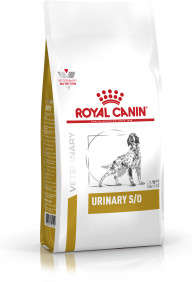
Canine Urinary SO
View Product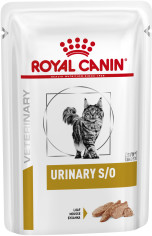
Feline Urinary SO Loaf
View Product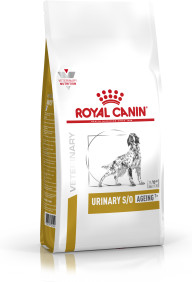
Canine Urinary SO Ageing 7+
View Product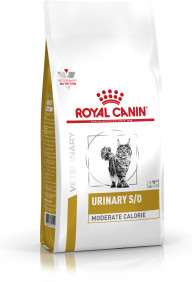
Feline Urinary SO Moderate Calorie
View Product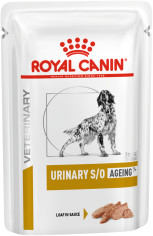
Canine Urinary SO Ageing 7+ Loaf
View Product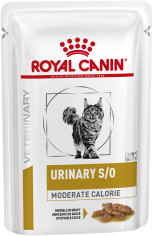
Feline Urinary SO Moderate Calorie Morsels in Gravy
View Product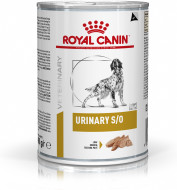
Canine Urinary SO Loaf
View Product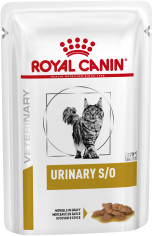
Feline Urinary SO Morsels in Gravy
View Product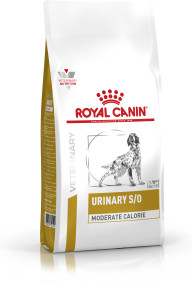
Canine Urinary SO Moderate Calorie
View Product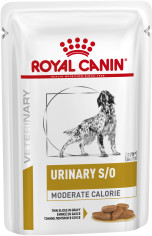
Canine Urinary SO Moderate Calorie Thin Slices in Gravy
View Product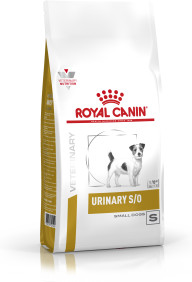
Canine Urinary SO Small Dog
View Product
Canine Urinary SO Thin Slices in Gravy
View Product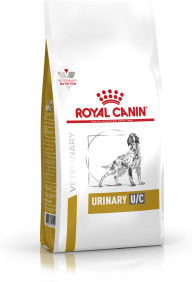
Canine Urinary UC
View ProductUseful tips on how to minimise recurrence
- Visit your vet for regular check-ups
- Ensure sufficient water intake with fresh clean water
- Monitor the colour of urine: presence of blood, concentrated or diluted (dark or light yellow)
- Watch out for triggering external factors (e.g. stress, weight, etc)
- Frequent walking for dogs
- Multiple water sources
- Separation of resources — water and food should be at least half a metre apart. Separating beds, litter trays, etc.
Encouraging water intake
When a cat has LUTD it is important to encourage them to drink plenty of water. Drinking more helps to flush the bladder through and dilute any noxious compounds that may otherwise build up in your cat’s urine.

The high moisture content in wet dog food can help to keep your dog hydrated and keep their urine diluted. The aroma and texture of wet food can also be good for fussy eaters. Have you considered mixed feeding?


Palatability
We are so confident that pets will love ROYAL CANIN® that we offer a 100% money-back Palatability Guarantee on our food, supported by our retail partners.